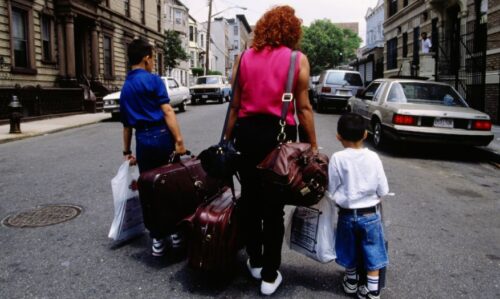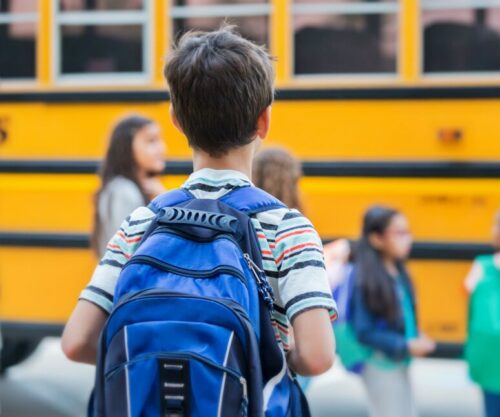
Feb 5, 2025

Youth who don’t have a high school diploma are 4.5 times more likely to be homeless as a young adult than their peers who graduate. AFC’s Project LIT (Learners In Temporary Housing) focuses on the more than 100,000 students in New York City who experience homelessness each year, to get the support and services these youth need to be successful in school and beyond, and prevent future homelessness.
Students living in a shelter or other temporary housing arrangements have important rights, including the right to stay in the same school, the right to free transportation, and the right to enroll in the local school and attend classes immediately, even if they don’t have the documents normally needed. We provide advocacy to help individual students get needed services, and trainings and workshops for parents, schools, and others about the educational rights of students who are homeless.
Sign up for our quarterly newsletter for professionals working with students in temporary housing

Feb 5, 2025

Jan 28, 2025

Feb 25, 2025

Nov 18, 2024
AFC provides free workshops and trainings for parents, students, and professionals